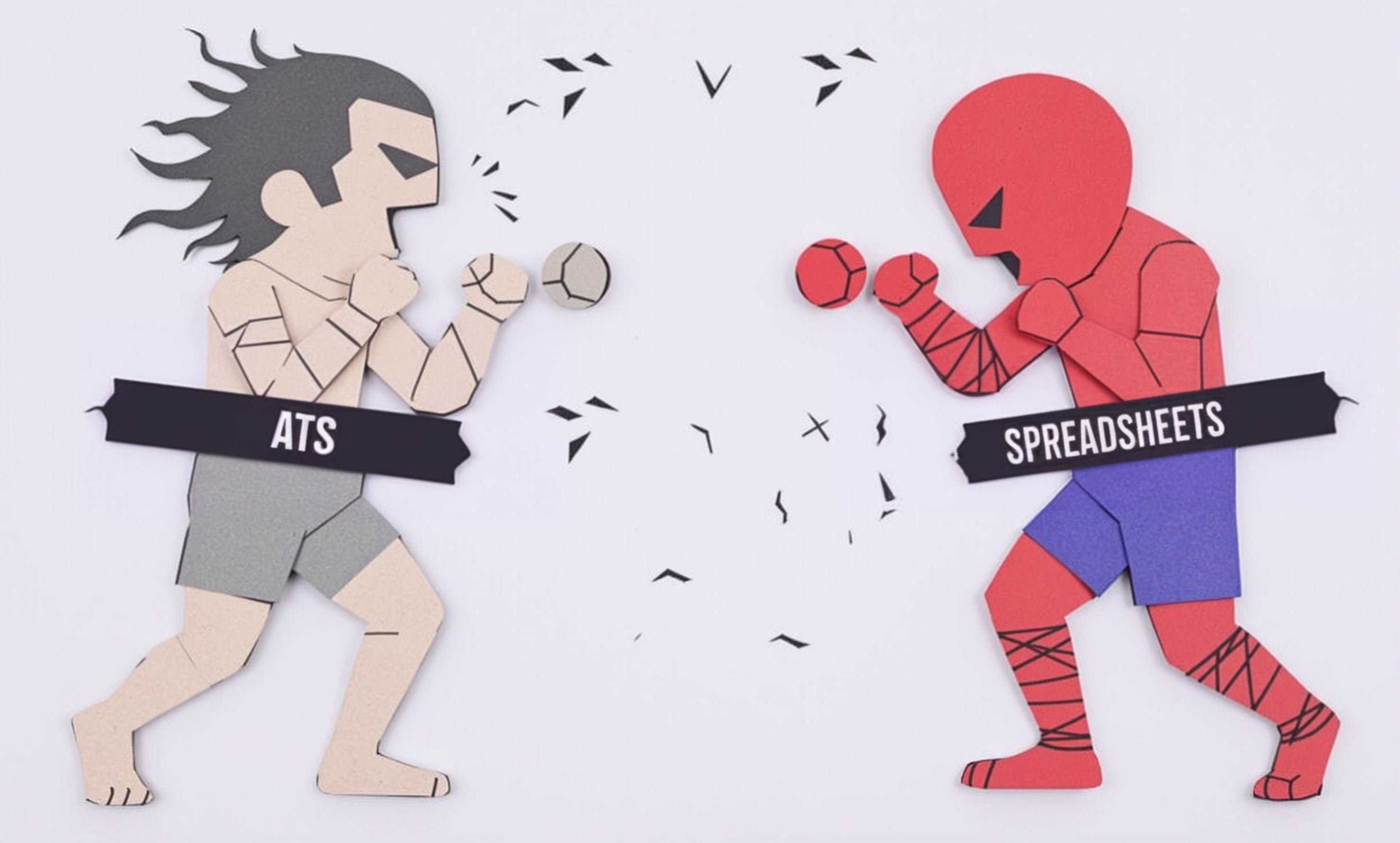
Cue Sheet
A Cue Sheet is an essential planning document used in theater and live events that lists all the technical changes (like lighting, sound, scenery movements) that need to happen during a show. Think of it as a detailed roadmap that tells everyone when and what needs to happen during a performance. Stage managers use cue sheets to coordinate with different technical teams and ensure everything happens at the right moment. You might also hear it called a "prompt script," "calling script," or "show bible." It's similar to a conductor's musical score, but for all technical elements of a performance.
Examples in Resumes
Created and maintained detailed Cue Sheets for 20+ theatrical productions
Developed digital Cue Sheets and Show Bibles using industry-standard software
Successfully called over 200 performances using complex Cue Sheets and Prompt Scripts
Typical job title: "Stage Managers"
Also try searching for:
Where to Find Stage Managers
Professional Organizations
Online Communities
Job Resources
Example Interview Questions
Senior Level Questions
Q: How do you handle last-minute changes to a complex cue sheet during tech week?
Expected Answer: A senior stage manager should discuss their system for clearly communicating updates to all departments, maintaining backup copies, and ensuring all team members are notified of changes while maintaining show quality and safety.
Q: How do you train new stage managers in creating and using cue sheets?
Expected Answer: Should explain their mentoring process, including teaching standardized formatting, proper notation methods, and common pitfalls to avoid, while emphasizing the importance of clear communication and organization.
Mid Level Questions
Q: What software or tools do you use for creating and maintaining cue sheets?
Expected Answer: Should be familiar with both digital tools (like Excel, specialized theater software) and traditional paper methods, explaining the pros and cons of each approach.
Q: How do you coordinate complex technical cues between multiple departments?
Expected Answer: Should discuss methods for clear communication, timing coordination, and how they ensure all departments understand their cues and timing.
Junior Level Questions
Q: What are the essential elements that should be included in a basic cue sheet?
Expected Answer: Should mention cue numbers, descriptions, timing, departments involved, and triggers or standby calls at minimum.
Q: How do you mark and track script changes during rehearsals?
Expected Answer: Should explain basic notation methods, color coding systems, and how to maintain clear records of changes over time.
Experience Level Indicators
Junior (0-2 years)
- Basic cue sheet creation and maintenance
- Understanding of technical theater terminology
- Basic show calling
- Rehearsal notation
Mid (2-5 years)
- Complex cue coordination
- Digital and traditional cue sheet management
- Department coordination
- Technical rehearsal management
Senior (5+ years)
- Advanced show calling
- Staff training and supervision
- Emergency procedure management
- Production planning and coordination
Red Flags to Watch For
- Unable to explain basic cue sheet formatting
- No experience with live performance calling
- Poor communication skills or attention to detail
- Lack of understanding of technical theater terminology
Related Terms
Need more hiring wisdom? Check these out...

Automated Scorecards in ATS Systems: Your Secret Weapon for Smarter Hiring Decisions

Why Your Hiring Spreadsheets Are Secretly Sabotaging Your Recruitment

Beyond Spreadsheets: Why Executive Dashboards in ATS Systems Are Your Secret Hiring Weapon

